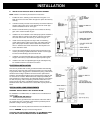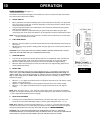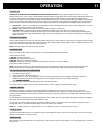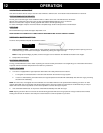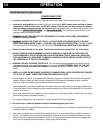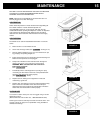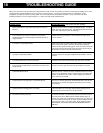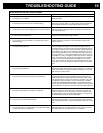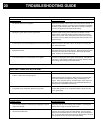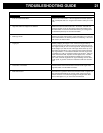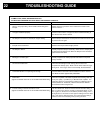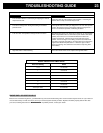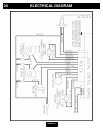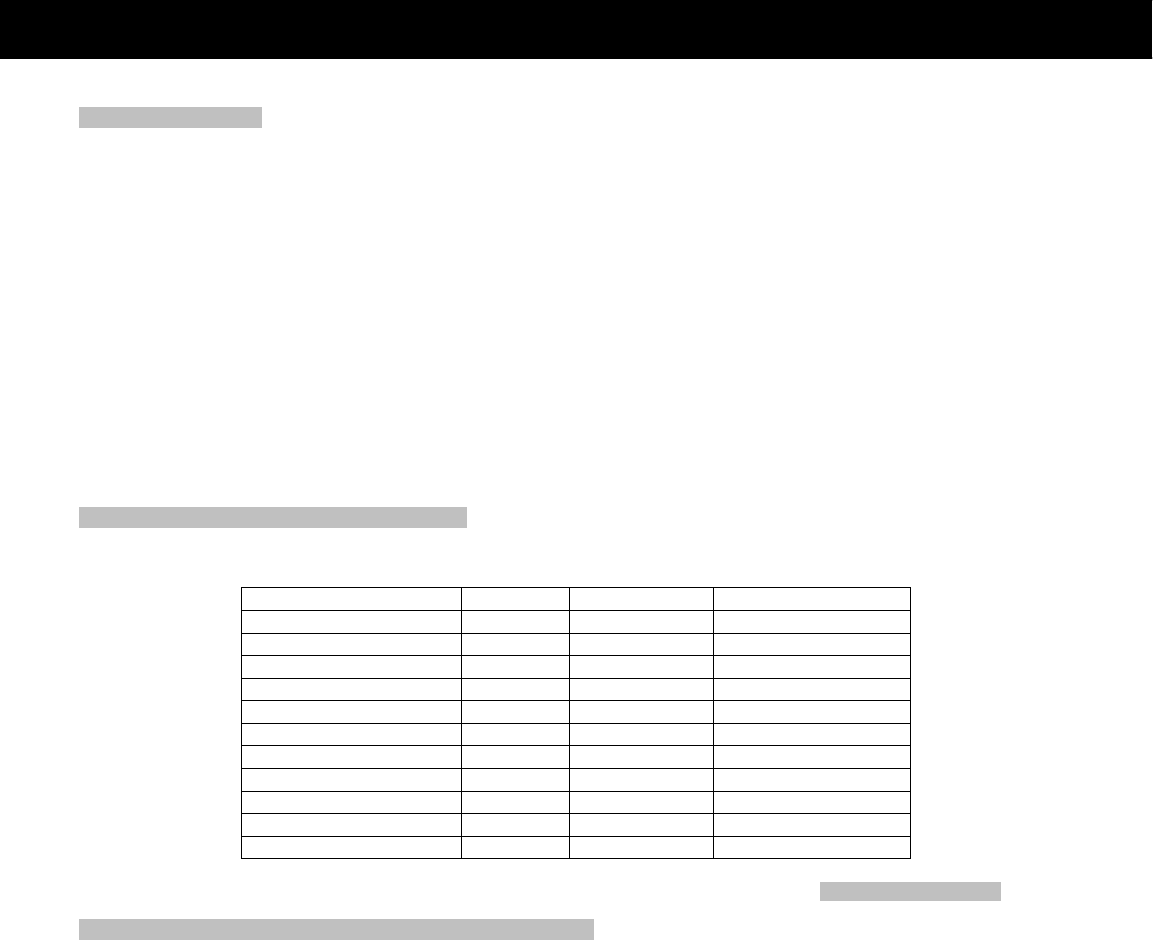
CHIMNEY CLEANING
a. Creosote Formation – When any wood is burned slowly, it produces tar and other organic vapors, which combine with expelled
moisture to form creosote. The creosote vapors condense in the relatively cool chimney flue or a newly started fire or from a slow-
burning fire. As a result, creosote residue accumulates on the flue lining. When ignited, this creosote makes an extremely hot fire,
which may damage the chimney or even destroy the house. Despite their high efficiency, pellet stoves can accumulate creosote under
certain conditions.
b. Fly Ash – This accumulates in the horizontal portion of an exhaust run. Though noncombustible, it may impede the normal exhaust
flow. It should therefore be periodically removed.
c. Inspection and Removal – The chimney connector and chimney should be inspected annually or per ton to determine if a creosote or
fly ash build-up has occurred. If creosote has accumulated, it should be removed to reduce the risk of a chimney fire. Inspect the
system at the stove connection and at the chimney top. Cooler surfaces tend to build creosote deposits quicker, so it is important to
check the chimney from the top as well as from the bottom.
The creosote should be removed with a brush specifically designed for the type of chimney in use. A qualified chimney sweep can perform
this service. It is also recommended that before each heating season the entire system be professionally inspected, cleaned and, if
necessary, repaired.
To clean the chimney, detach the vent at the combustion blower transition where it is attached to the blower.
RECOMMENDED MAINTENANCE SCHEDULE
Use this as a guide under average-use conditions.
Daily Weekly Annually or per Ton
Burn Pot Stirred Emptied
Glass Wiped Cleaned
Combustion Chamber Brushed
Ashes Emptied
Interior Chambers Vacuumed
Heat Exchange Tubes Two passes
Combustion Blower Blades Vacuumed / Brushed
Convection Blower Impeller Vacuumed / Brushed
Vent System Cleaned
Gaskets Inspected
Hopper (end of season) Emptied and vacuumed
Gasket around door and door glass should be inspected and repaired or replaced when necessary (see “REPLACEMENT PARTS”).
REMOVAL AND REPLACEMENT OF BROKEN DOOR GLASS
While wearing leather gloves (or any other gloves suitable for handling broken glass), carefully remove any loose pieces of glass from the
doorframe. Dispose of all broken glass properly. Return the damaged door to your Breckwell Dealer for repair or replacement.
Neither the appliance owner nor any other unauthorized person(s) should replace the door glass. An authorized Breckwell dealer must
perform all repairs involving door glass.
MAINTENANCE
17



